Photos: Spiky-Headed Dinosaur Found in Utah, But It Has Asian Roots
Newfound ankylosaur
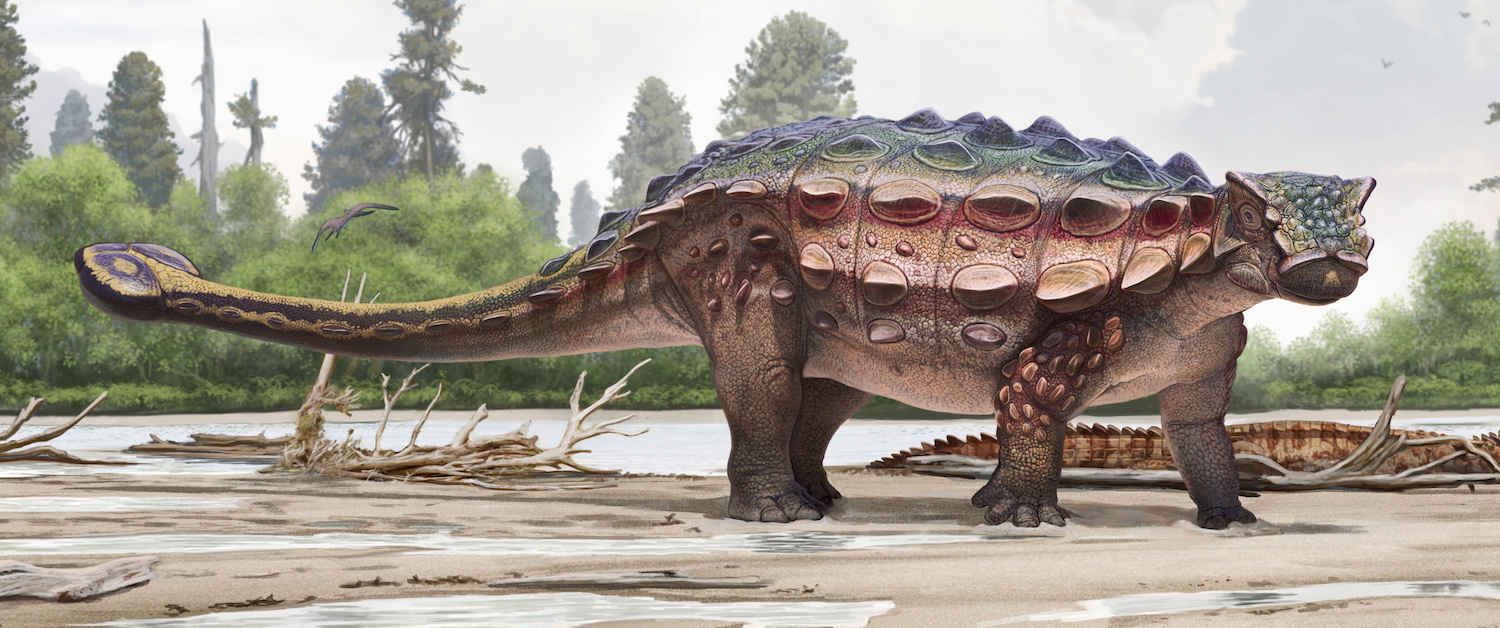
Researchers found the newly identified Akainacephalus johnsoni in Utah. It lived about 76 million years ago, during the Cretaceous period.
[Read more about the spiky ankylosaur]
Crocodilian peer
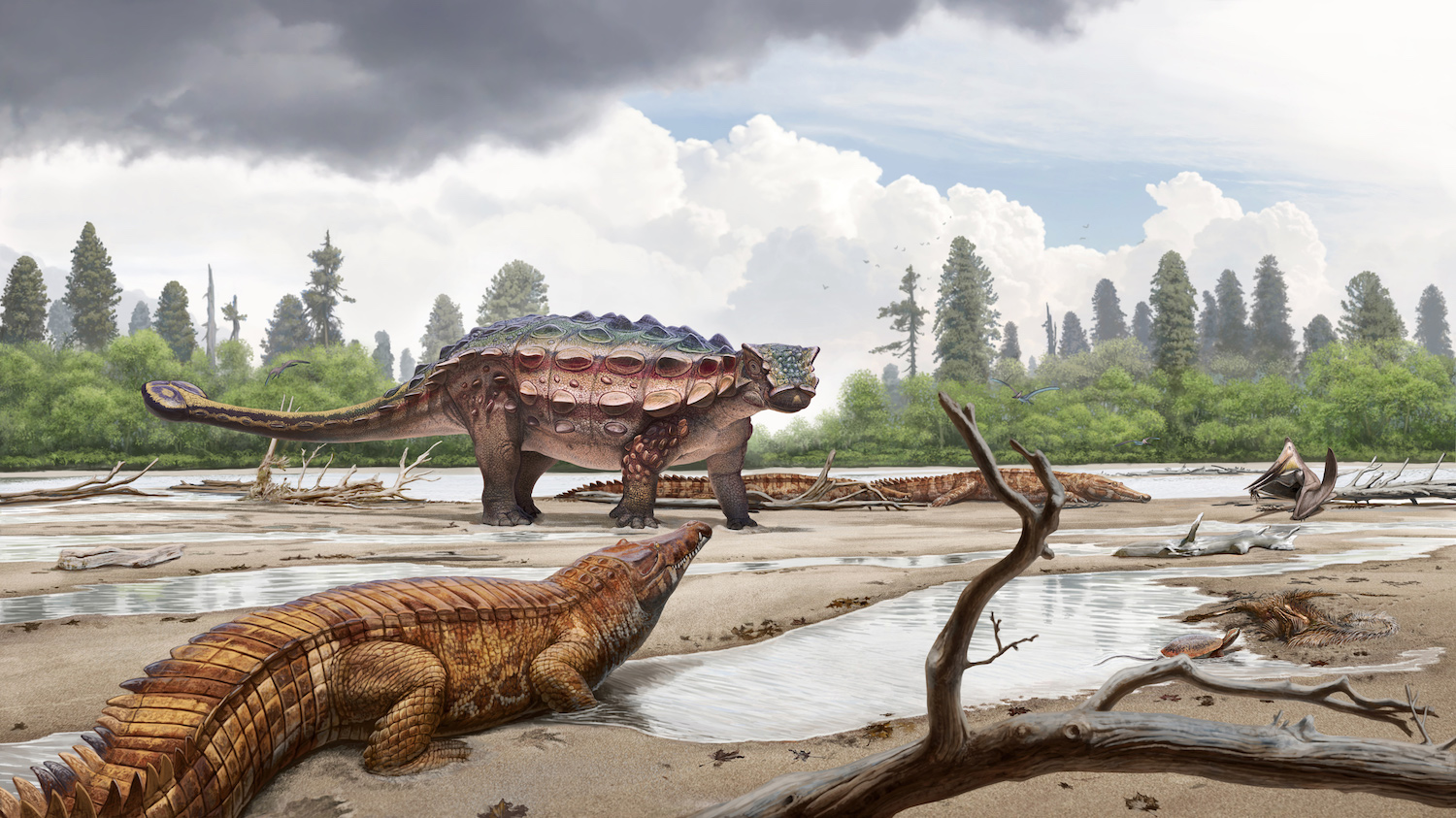
The spikey head of Akainacephalus johnsoni. Its genus name was inspired by the Greek word "Akaina," which means "spike" or "thorn." The Greek word "cephalus" translates to "head," which, taken together, means "spikey head."
Ankylosaur tail

The spiky head of Akainacephalus johnsoni. Its genus name was inspired by the Greek word "akaina," which means "spike" or "thorn," and the Greek word "cephalus," which translates to "head." So, taken together, it means "spiky head."
Ankylosaur tail
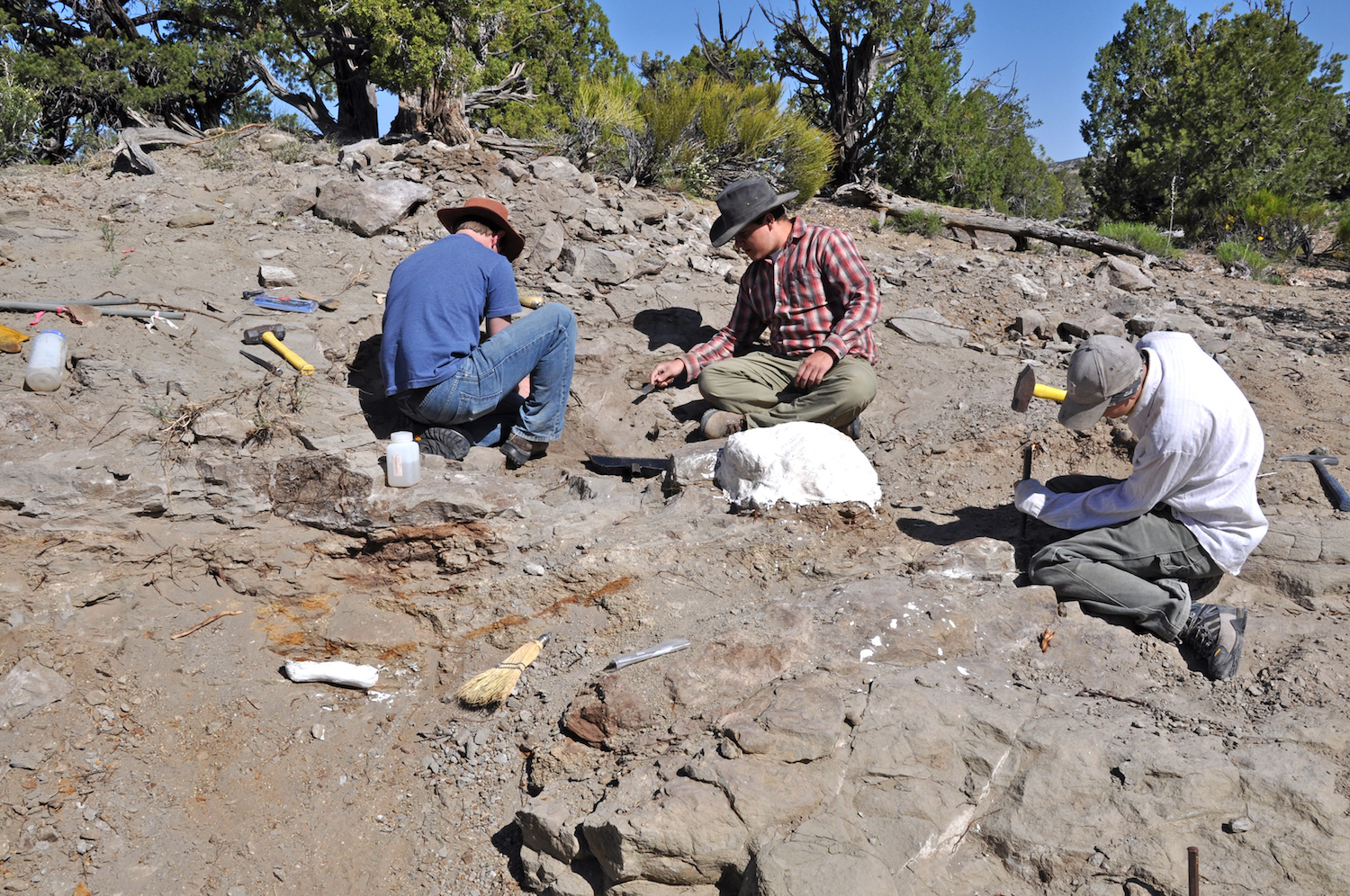
Natural History Museum of Utah crew excavate the tail club of Akainacephalus johnsoni in 2009.
Tail vertebrae
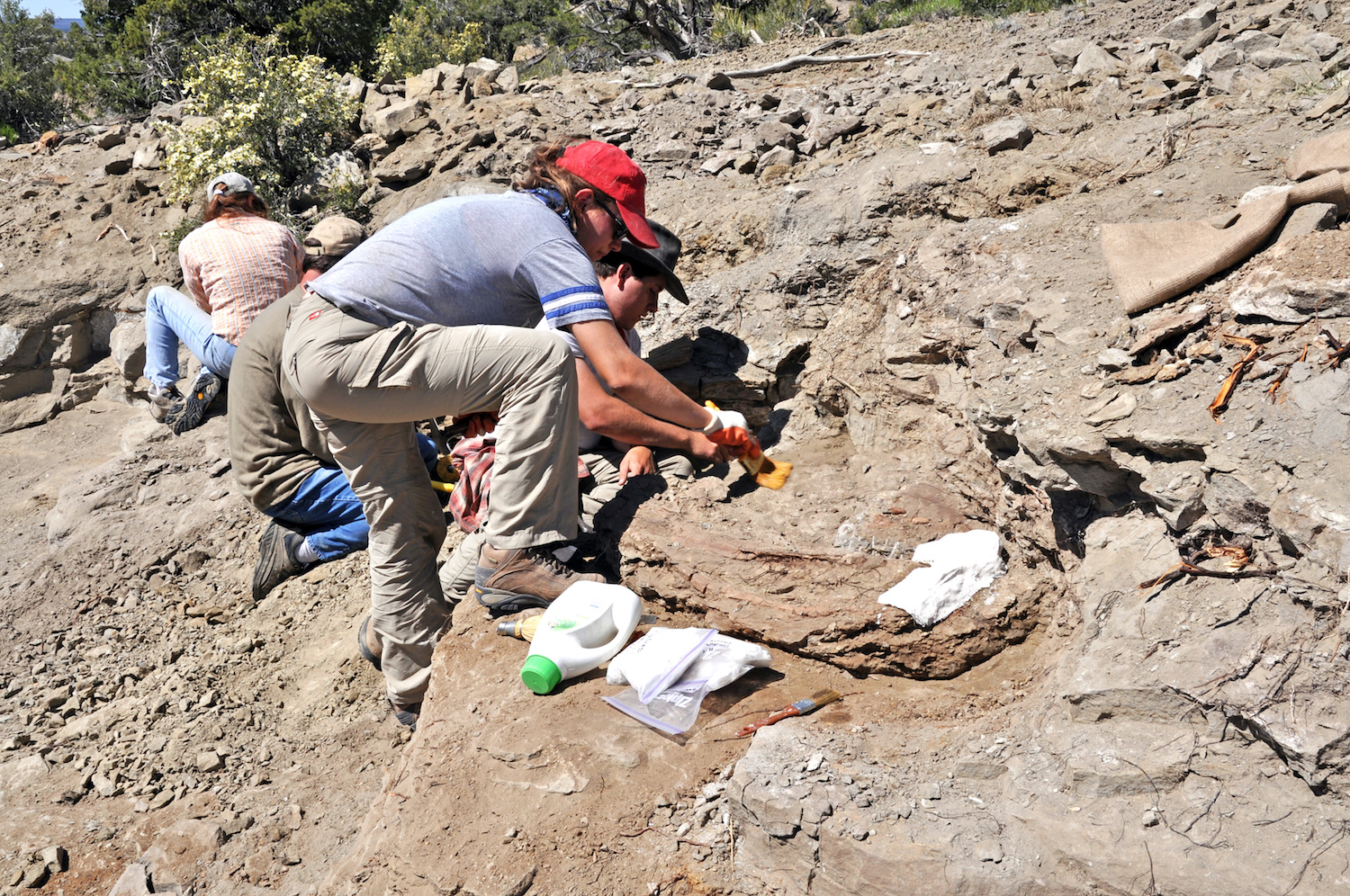
Carolyn Levitt-Bussian, a collections manager of paleontology at the Natural History Museum of Utah, excavates the tail vertebrae of Akainacephalus johnsoni.
Brushing away soil
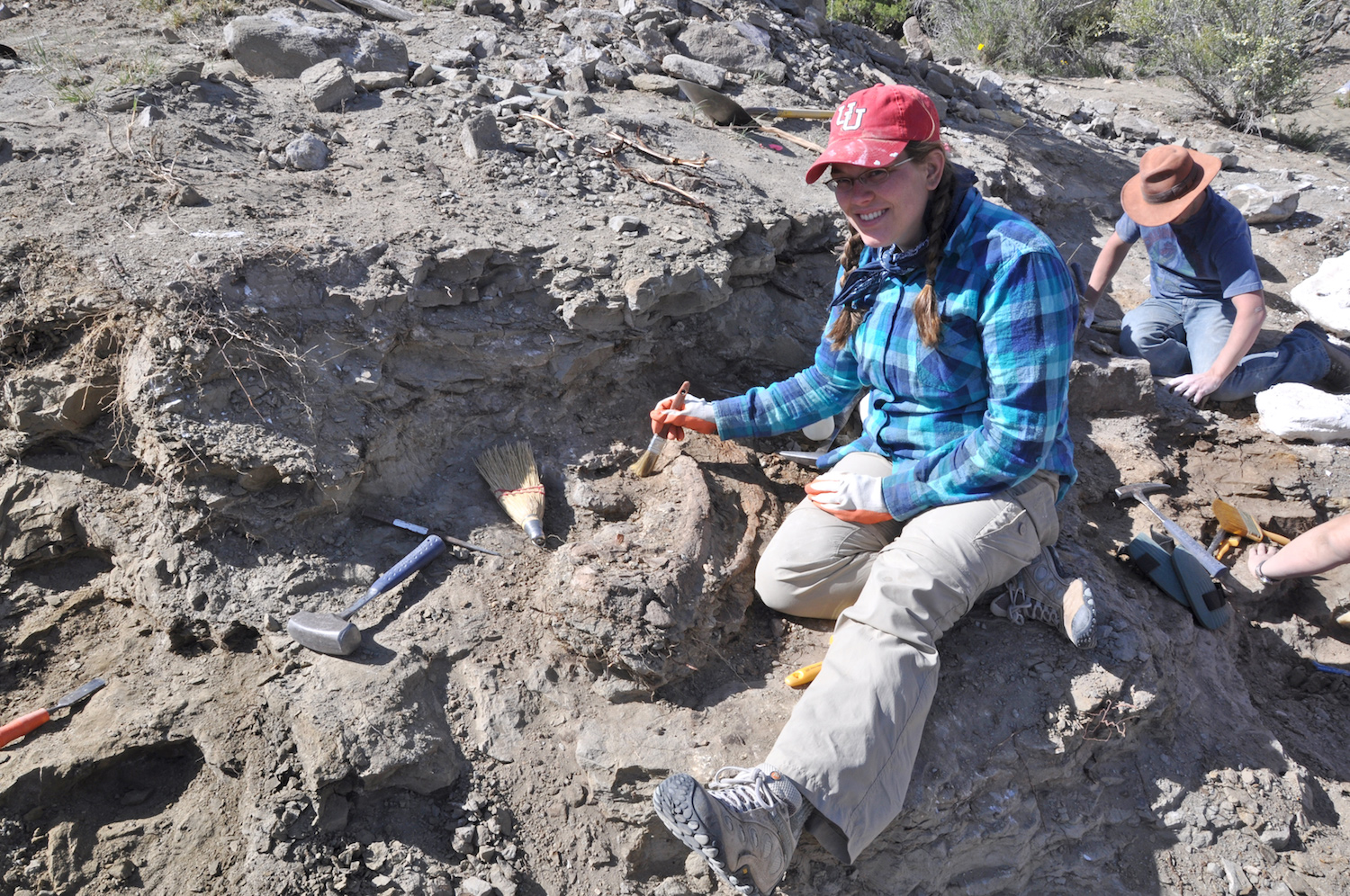
Another photo of Levitt-Bussian excavating Akainacephalus johnsoni's tail vertebrae.
Fossil tail
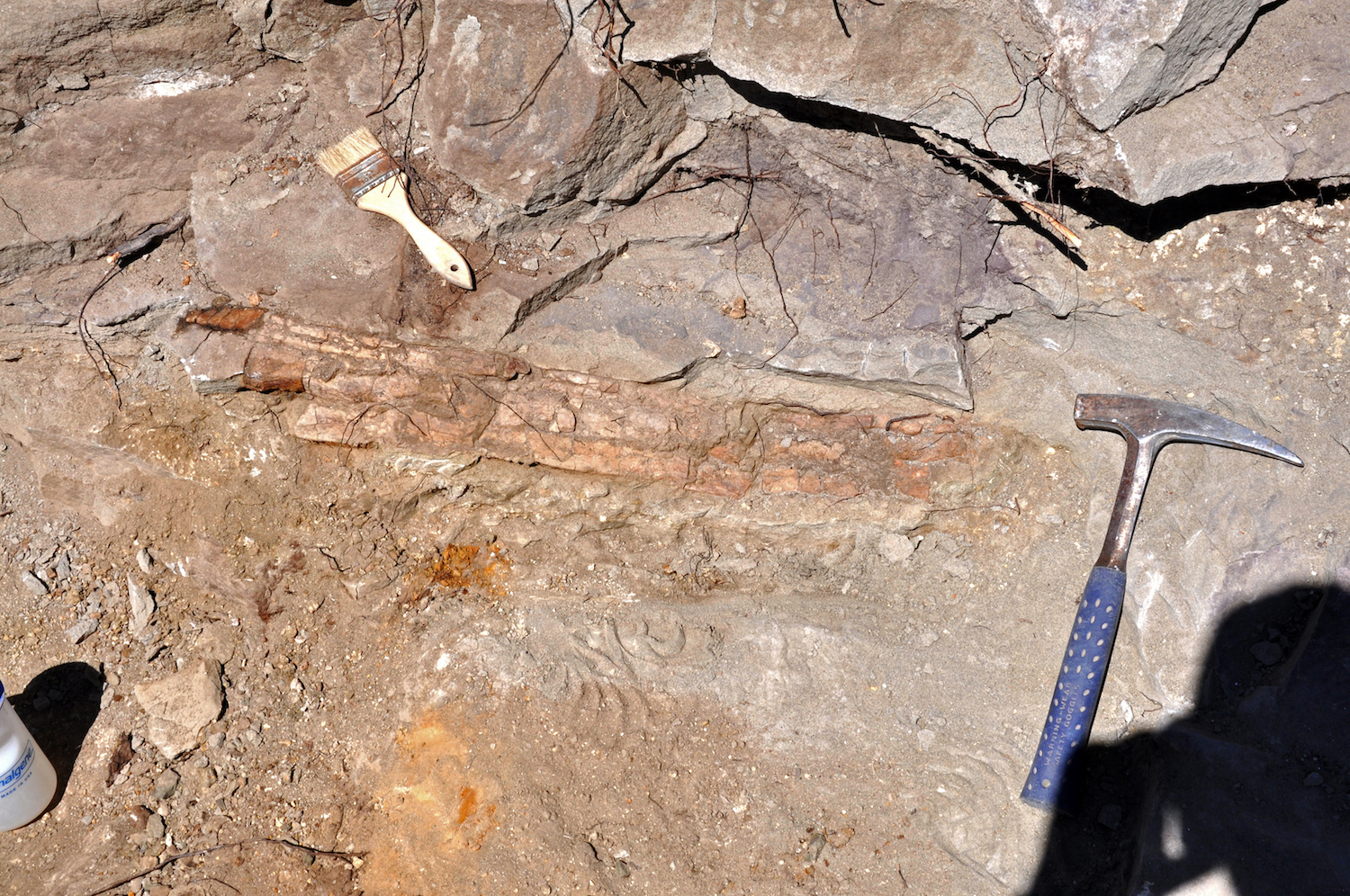
The newly excavated tail vertebrae of Akainacephalus johnsoni that researchers unearthed in 2009.
Sign up for the Live Science daily newsletter now
Get the world’s most fascinating discoveries delivered straight to your inbox.
Sunburn central
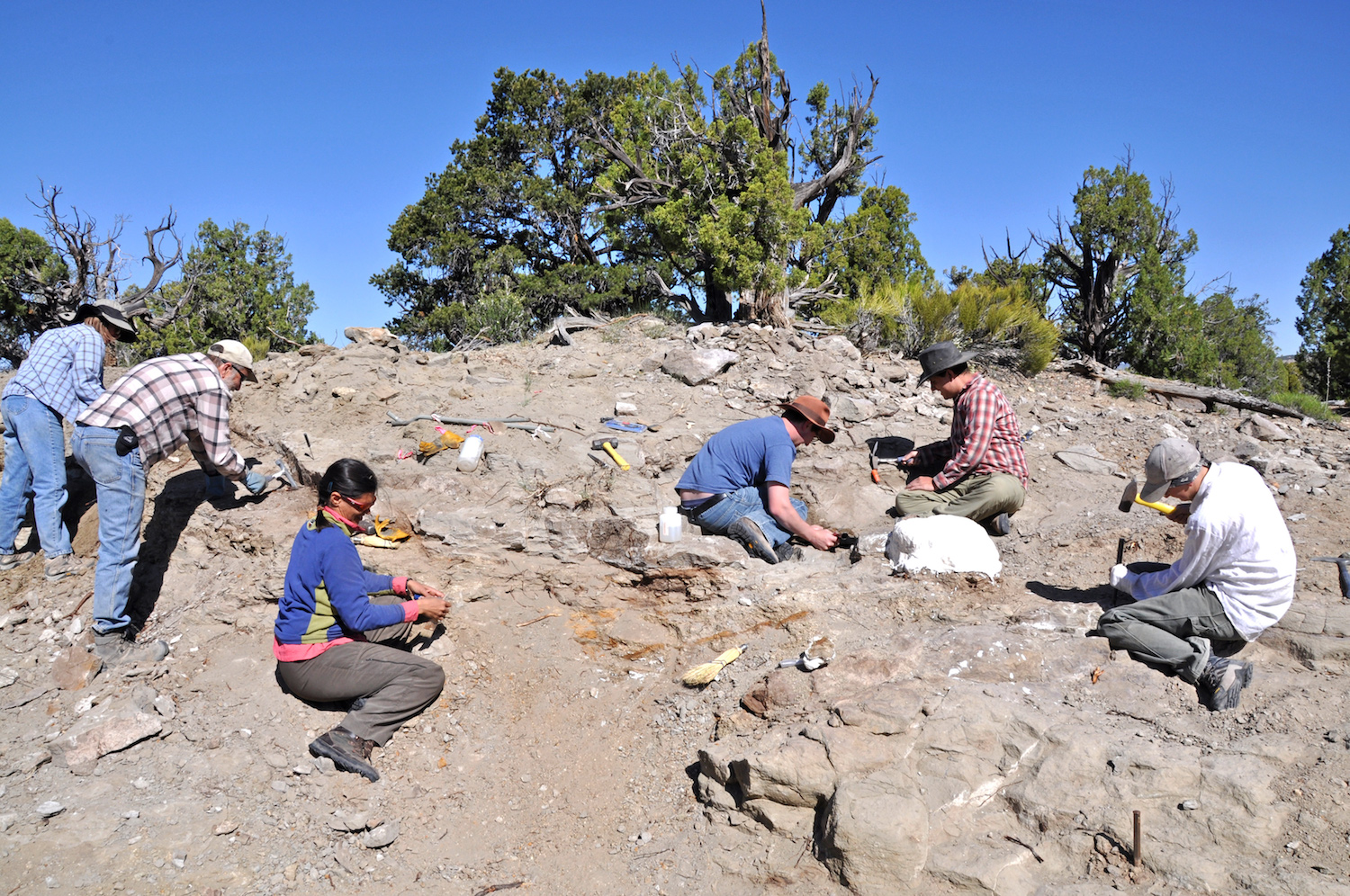
A Natural History Museum of Utah field crew excavates the bones of Akainacephalus johnsoni.
[Read more about the spiky ankylosaur]
Skeletal reconstruction
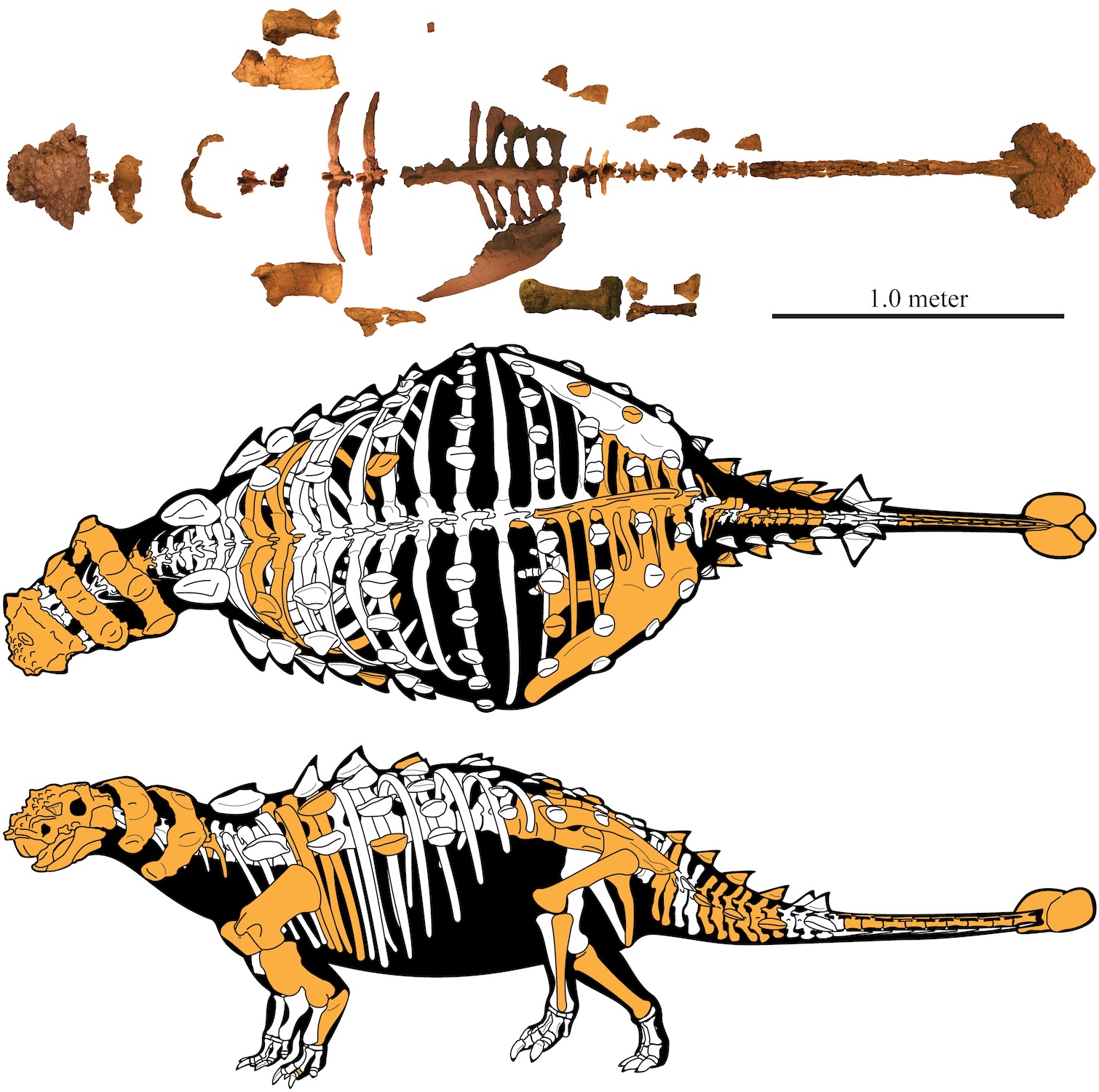
A skeletal reconstruction of Akainacephalus johnsoni showing its preserved bones (top), as well as a reconstruction showing the top view (middle) and side view (bottom) of the dinosaur.
Gallery time
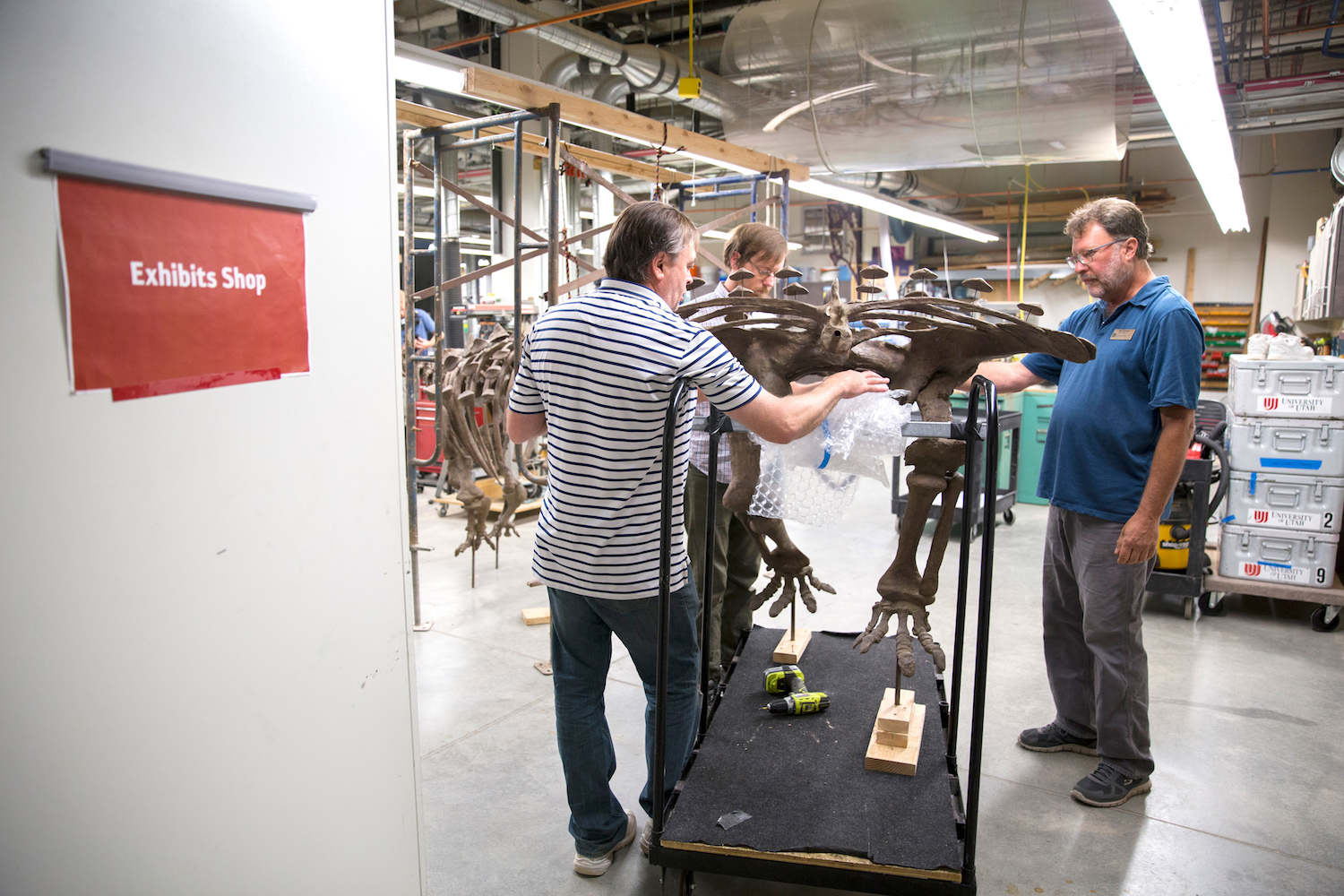
The exhibits team prepares Akainacephalus johnsoni for transport to the Past Worlds gallery at the Natural History Museum of Utah.
On the move
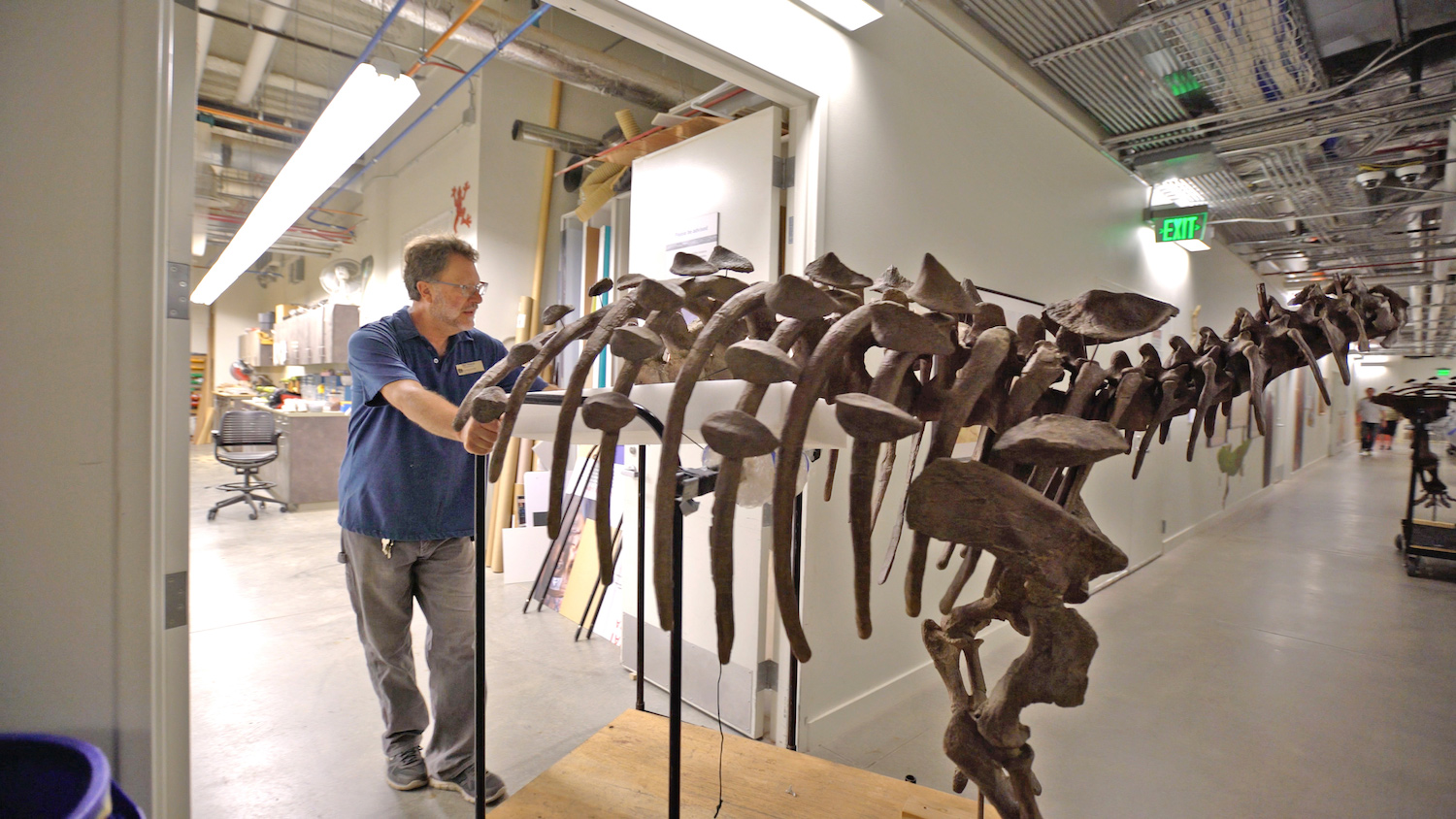
Bill Thomas, the exhibits preparator at the Natural History Museum of Utah, moves the Akainacephalus johnsoni specimen to the museum's Past Worlds exhibit.

Laura is the archaeology and Life's Little Mysteries editor at Live Science. She also reports on general science, including paleontology. Her work has appeared in The New York Times, Scholastic, Popular Science and Spectrum, a site on autism research. She has won multiple awards from the Society of Professional Journalists and the Washington Newspaper Publishers Association for her reporting at a weekly newspaper near Seattle. Laura holds a bachelor's degree in English literature and psychology from Washington University in St. Louis and a master's degree in science writing from NYU.









